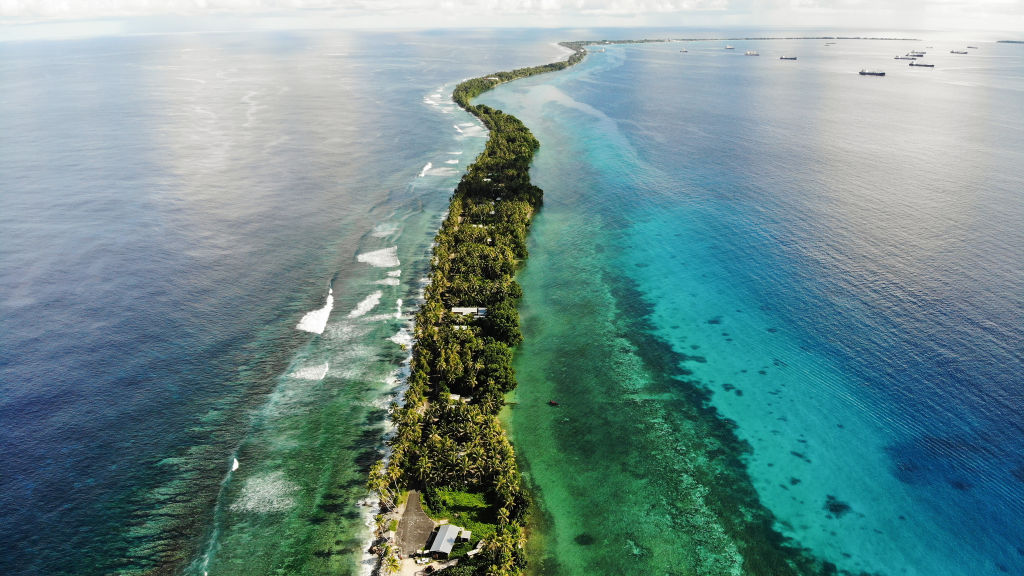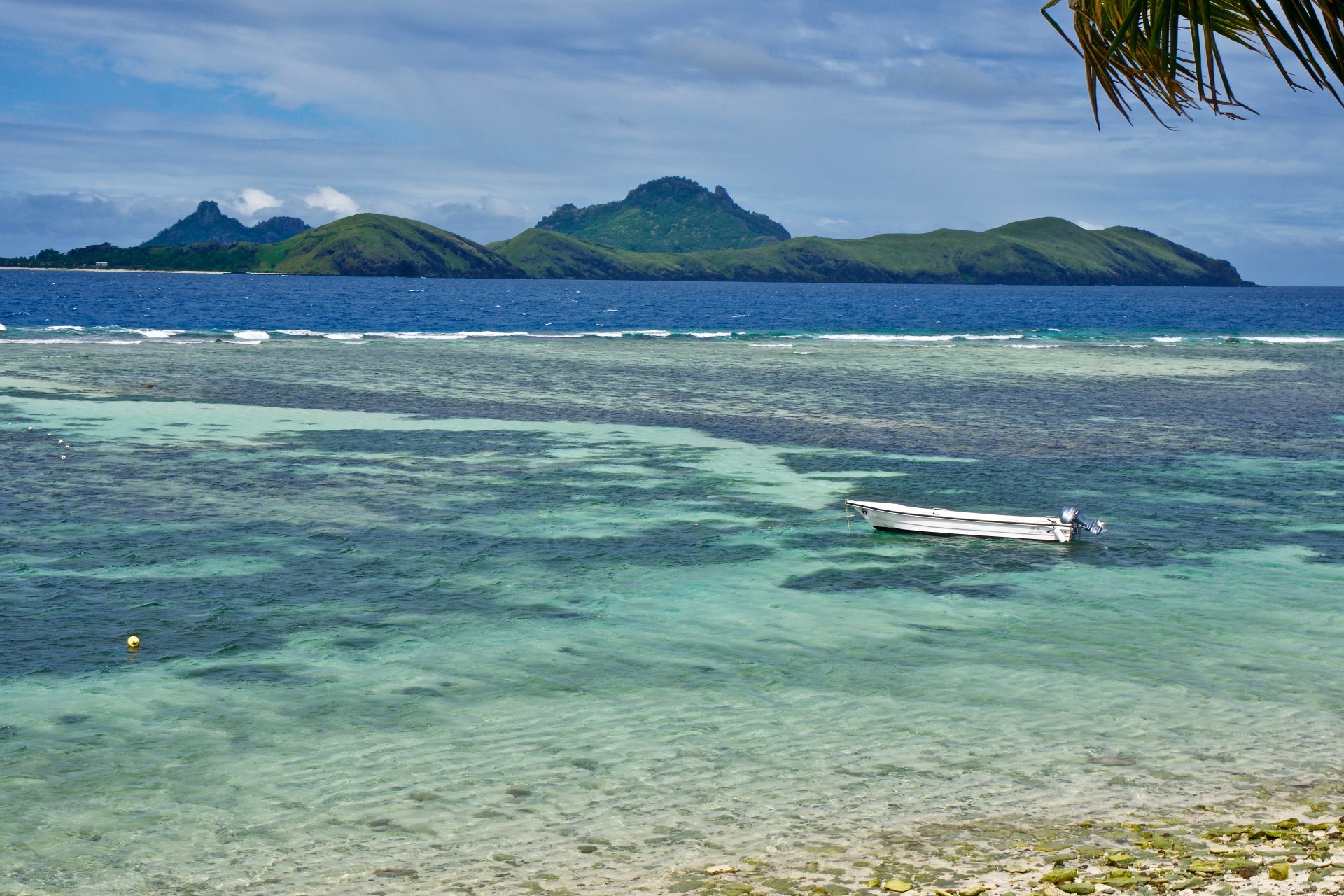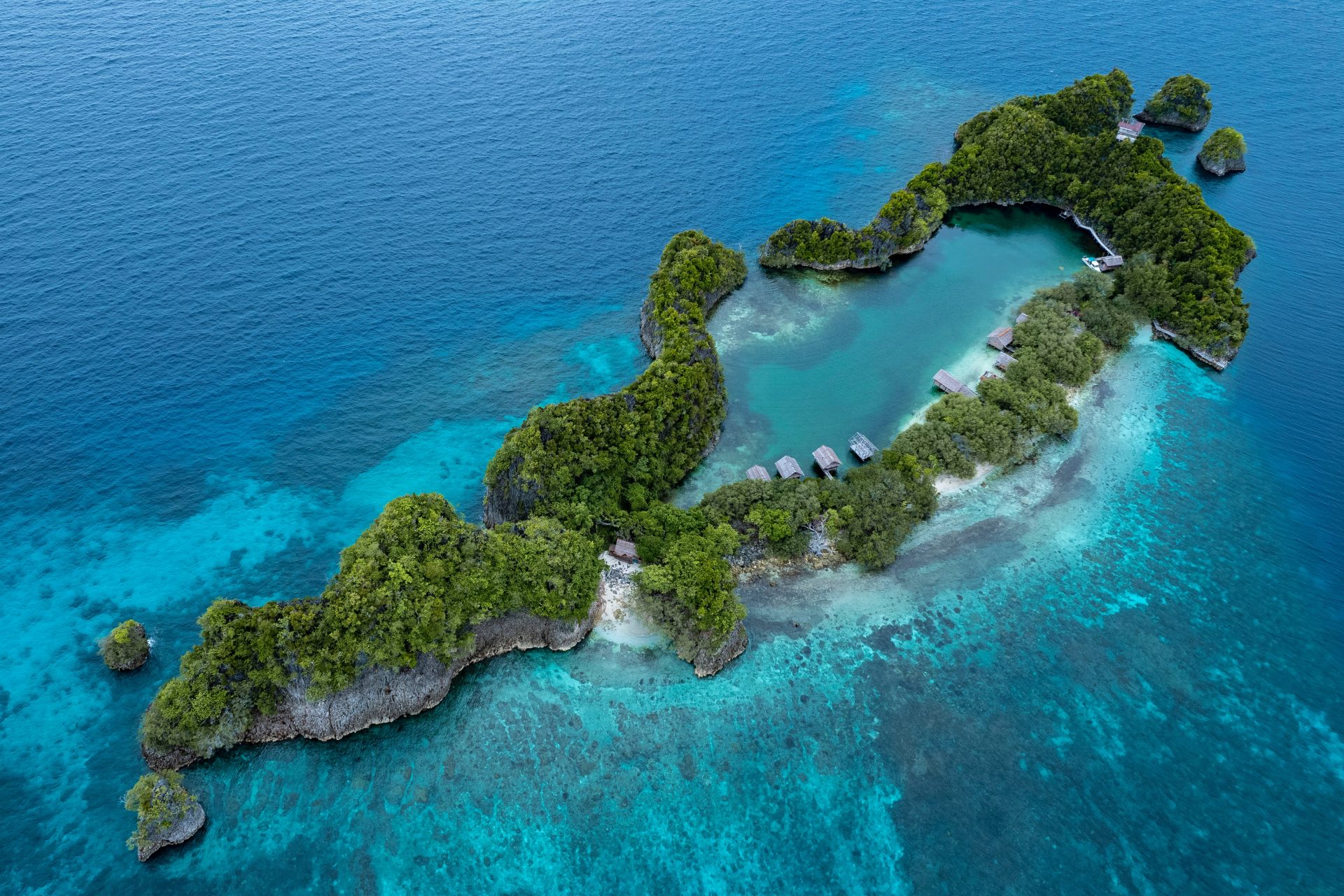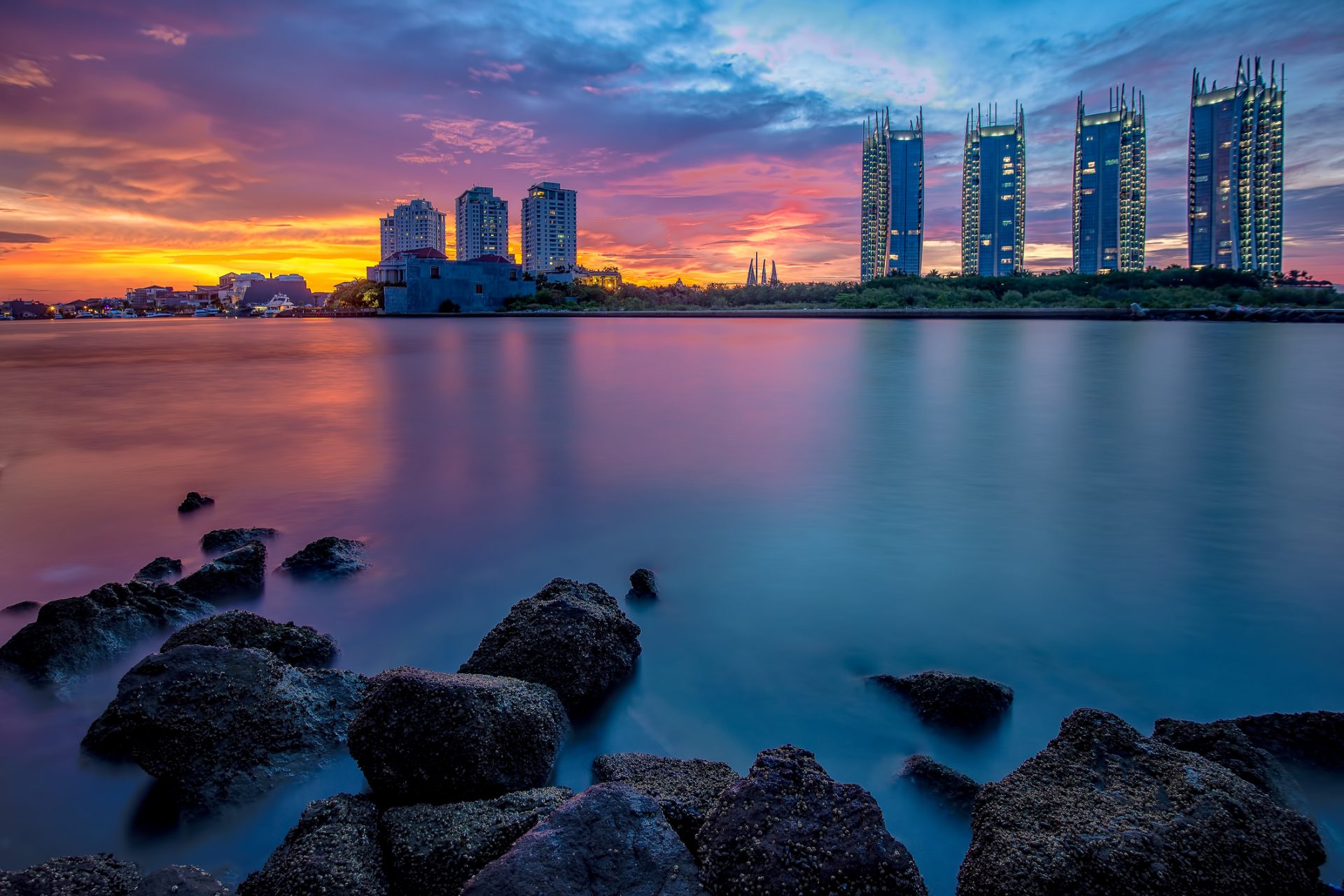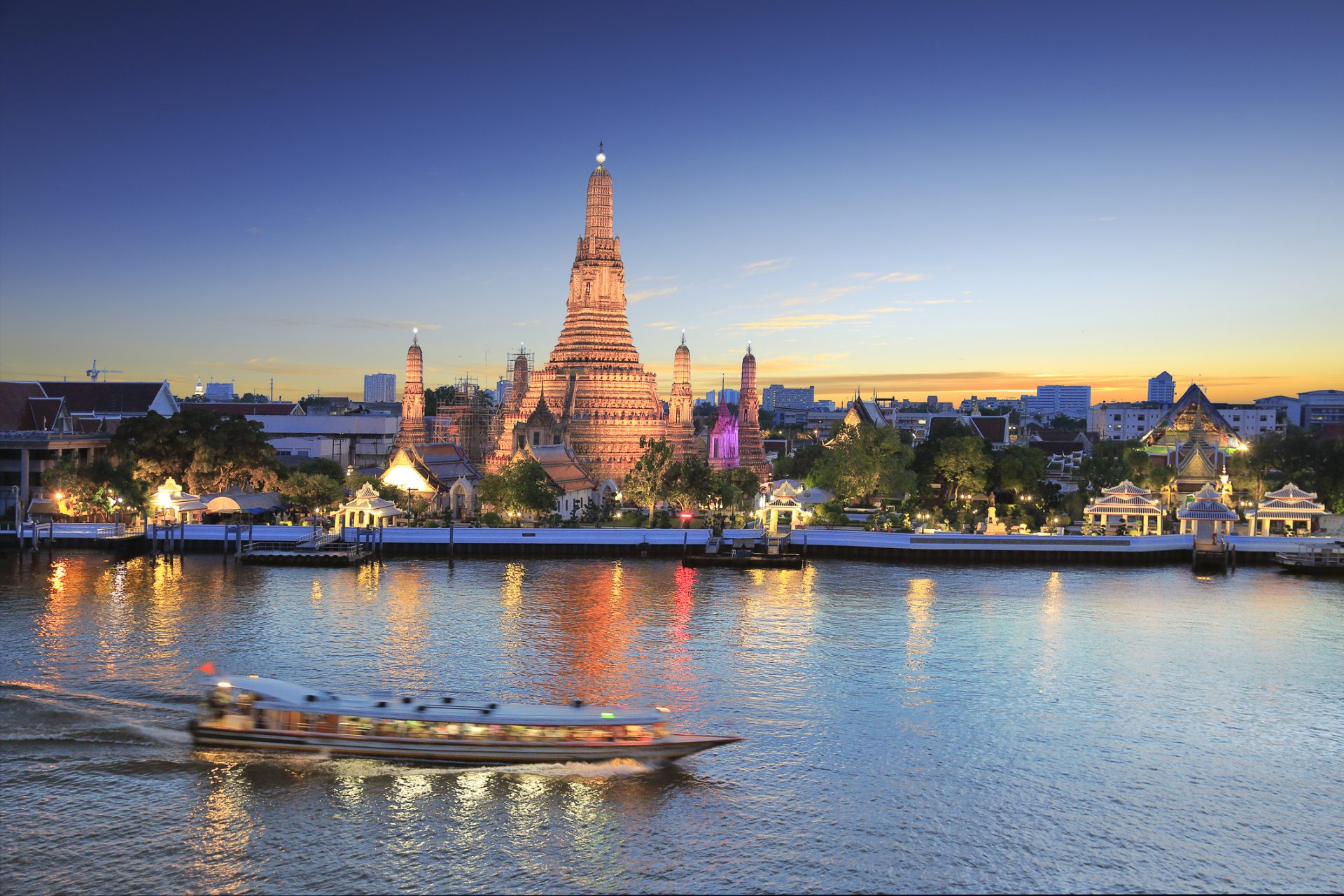Threatened by rising seas, this small island nation will clone itself in the metaverse
Tuvalu is a small island nation located between Australia and Hawaii, in the South Pacific, comprised of nine small atolls threatened by rising sea levels.
This tiny nation is the perfect example of how climate change can lead millions of people around the world to leave their homes. Tuvalu is sinking, very quickly, and its authorities are looking for a way to escape their fatal destiny.
According to various scientific studies, in just 50 years Tuvalu could be completely submerged under the waters of the Pacific Ocean. At the moment, the sea penetrates what was the mainland and dramatically complicates the life of the 11,000 inhabitants of this small nation.
Tuvalu is fighting against rising waters in a physical way (reinforcing its coasts, looking for engineering solutions) but also, according to what its authorities explained to The Guardian, a virtual Tuvalu is being developed, so that the culture of that nation remains alive before a possible diaspora.
Faced with the (quite probable) possibility that Tuvalu will disappear and its inhabitants have to leave, the government launched the Future Now project, a digitalization process that includes the administrative but also the cultural.
If Tuvalu disappears under rising sea levels, it will continue to live in the digital 'cloud'. With its governing bodies, its institutions, its beliefs and its popular rites.
"As our land disappears, we have no choice but to become the world's first digital nation," Simon Kofe, Tuvalu’s foreign minister, said at the COP26 climate summit and added that it might be inevitable for other countries to join the metaverse.
The brutal actions of humans have turned a paradisiacal landscape into a place of plastic waste. Of the 26 square kilometers of landmass that make up Tuvalu, 11 acres are taken up by their dumpsite, per the Secretariat of the Pacific Regional Environment Program.
In 2021, the writer Devi Lockwood asked herself a question in The New York Times: "What does it mean for an entire nation to become uninhabitable?" She took the example of Tuvalu and mentioned how due to the rising waters, many crops rotted and what was a self-sufficient territory in many aspects, had to import a good part of its food.
Lockwood wrote that during the month she spent in Tuvalu (December 2014 to January 2015), she learned “what climate change tastes like: imported rice, corned beef, a handful of imported carrots and apples."
In The Guardian's chronicle of the digital clone project, they talk about a day-to-day life in Tuvalu where fear dominates. Young people are afraid, they know that their future is no longer possible in the place where they were born.
The end of Tuvalu anticipates what can happen in many other territories around the world. The rise in sea level (added to other effects of climate change (droughts, cyclones, etc.) can cause a migratory wave of a dimension that is still not easy to calculate.
According to the World Bank, about 216 million people will be displaced by climate change by 2050. Will the developed world be able to take on such a wave of migration?
It is uncertain where Tuvaluans would migrate to. Australia offered land for relocation but only in exchange for maritime and fisheries rights, a proposal rejected by the Tuvaluan government. Neighbouring Fiji also offered land but is battling its own climate change threats.
Photo: Gary Runn/Unsplash
There is a long list of paradisiacal tourist destinations threatened to disappear due to the climate emergency. The most obvious, Maldives (in the image), with its tiny islets.
Image: Ibrahi Mushan/Unsplash
In fact, nearly everyone who lives on a Pacific island is likely to be severely affected by rising sea levels. Around 3 million Pacific islanders live within 6.2 miles (10 km) of the coast and, therefore, might need to relocate before the end of the century, according to the Science and Development Network.
Photo: Ernests Vaga/Unsplash
But even big coastal cities are being threatened by rising sea levels. One of them is Jakarta, in Indonesia. With a population of 10 million people, it has been dubbed the "fastest-sinking city in the world" by the BBC; it is sinking by 2 to 4 inches (5 to 10 cm) each year.
According to the World Economic Forum, by 2100, Dhaka, Bangladesh (population 22.4 million); Lagos, Nigeria (population 15.3 million); and Bangkok, Thailand (population 9 million) could also be entirely drowned or have vast tracts of land underwater.
Moreover, research published in the beginning of 2023 by Advancing Earth and Space Sciences, found that the flooding impacts of increased sea levels are likely to happen faster than previously thought.
In the different journalistic chronicles about the disaster that Tuvalu is looming, the inhabitants of this country mention that it all began around the year 2000. Suddenly, in a hurry, water began to be an implacable enemy, they recall.
And yet Tuvaluans and authorities continue to fight for their survival. Its prime minister, Kausea Natano, says the Future Now project is plan B, but reiterates that plan A is to do everything in their power to save the island for as long as possible.
More for you
Top Stories



